When we pass the Grinter House, in Kansas City, Kansas, I try to imagine the life of the Grinters. Being one of the first homes in the area, they surely faced long periods of isolation. Built around 1857, it served as the home for Moses and Anna Grinter. A trail nearby led to the Kaw River, and it was there that Moses Grinter constructed a river ferry crossing.

Moses Grinter
Moses Read Grinter was born in Kentucky in 1809. Little is known of his youth, but at the age of 21 he had begun his ferry operation in the Delaware tribe region. Many reports credit Moses Grinter as the first white settler in what would become Wyandotte County. His trading post was well known in the area, and frequented by settlers who passed through the area. Many of those customers also used his ferry to cross the river. The river crossing was also used by federal troops moving between the Fort Leavenworth and Fort Scott. Where I had always imagined solitude, in actuality they were probably visited frequently by various customers.
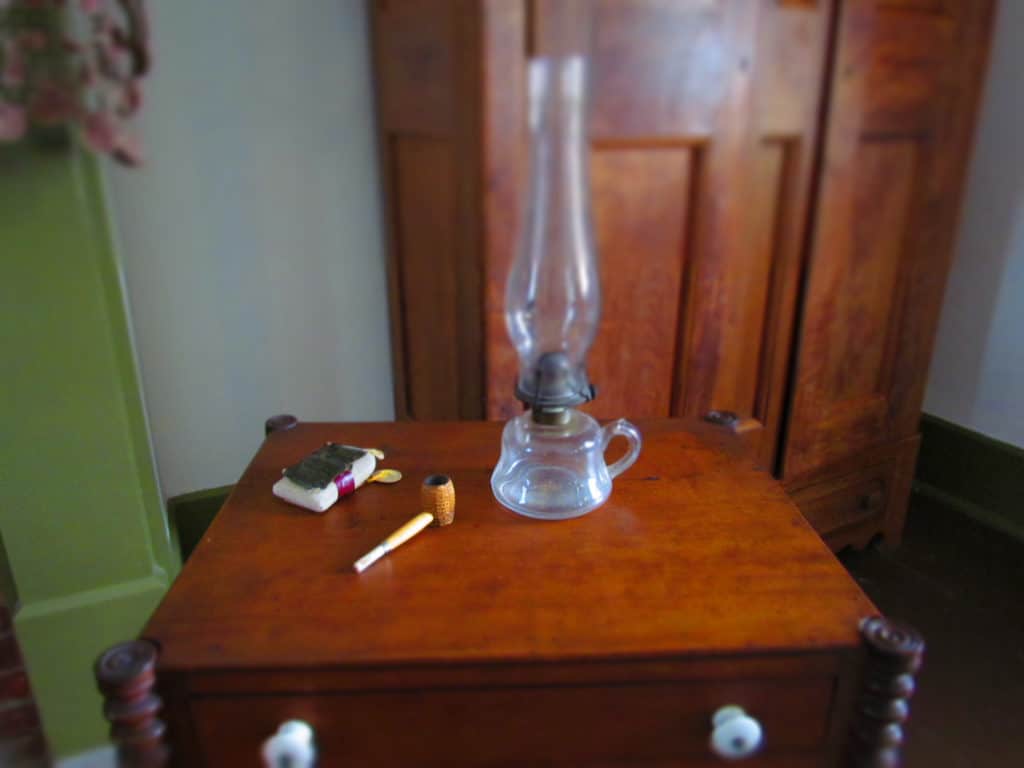
“Annie” Grinter
Around 1838 Moses married a Delaware (Lenapi) woman named Anna (Annie) Marshall. Her tribe had been moved to the area in the early 1830’s as part of program by the U.S. government to move the natives from their original lands. As a tribe member, Anna was granted a portion of land by the government. She was also one of about 25 Delaware women who were granted U.S. citizenship when Kansas became a state. Anna and Moses were parents of ten children, but not all lived to adulthood, which was not uncommon during those days. Annie was known to carry a small clay pipe and Bull Durham tobacco in her dress pocket. She would often sit in her rocking chair smoking her pipe in front of the fireplace.
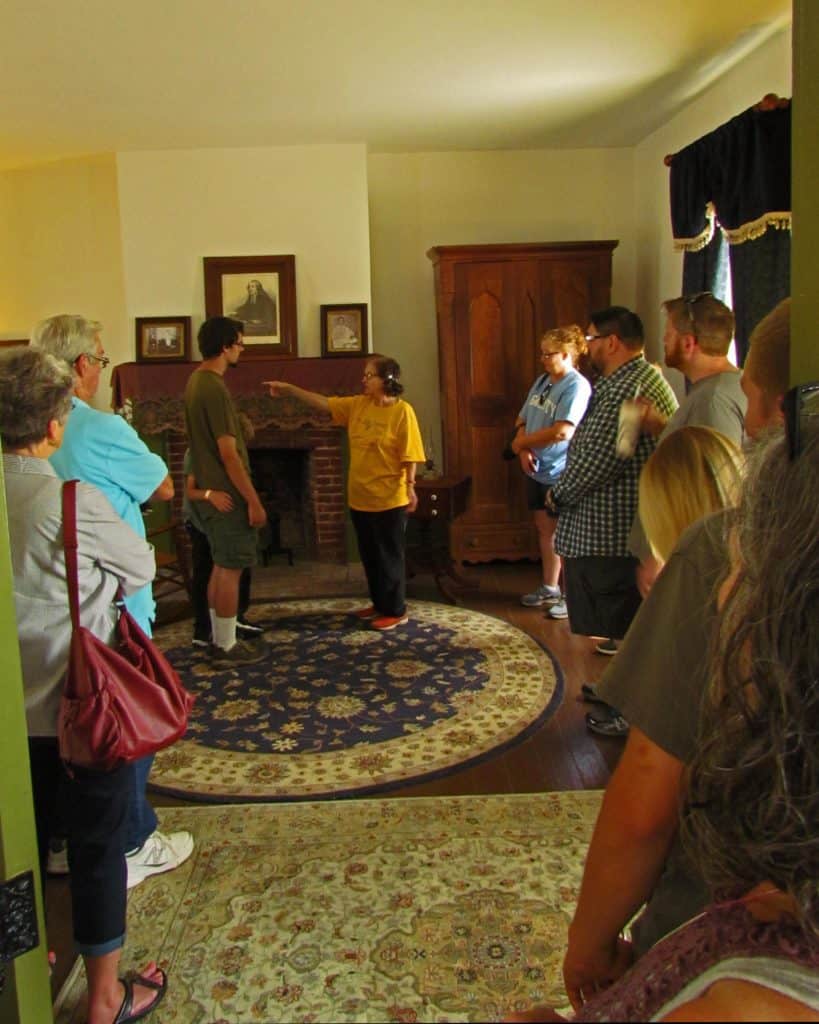
Touring The Grinter House
For many years the Grinter House hosted “Grinterfest” each Fall, but like many festivals, it fell of after a while. These days they still have annual events, and we stopped by during their Summerfest. This event includes a car show, a collection of vendor booths, re-enactors, musical performers, kids activities, and tours of the home. After a conversation with some of the Grinter Quilting Bee members, we were ready to take a tour of the house. The tour on that day was operating on a loop, which meant that new guests just joined in wherever they were at. You followed along until they got back to where you joined. Our tour guide was well informed, and imparted lots of stories about the Grinters, as well as the surrounding area.

The Grinters were faithful members of the Methodist Church. For a while, church services were held in the Grinter’s home. They donated 1.5 acres for a Methodist church and cemetery to be constructed. Many of the Grinter family are buried in this cemetery. Throughout the house we saw mementos that pointed toward the religious background of the family. In one of the bedrooms a family bible sits on the chest at the foot of the bed. The bedrooms are in the upstairs portion of the home. As we passed through the home we were amazed at the structural integrity of the 160 year old house. The framework is native walnut, which was brought from Leavenworth. The brick exterior was constructed using clay dug on the property and fired in a kiln on-site.

Moving To The Big House
After spending years in a cottage near the ferry, the Grinters were finally able to move in to their two story brick home around 1860. The construction of this new home occurred during the period that they were also operating their trading post. The store is thought to have offered around 160 different products, with many being vital for survival on the frontier. The family also ran a farm, apple orchard, and raised livestock. All of these things to do each day, and to think that we can feel overwhelmed by our daily tasks.
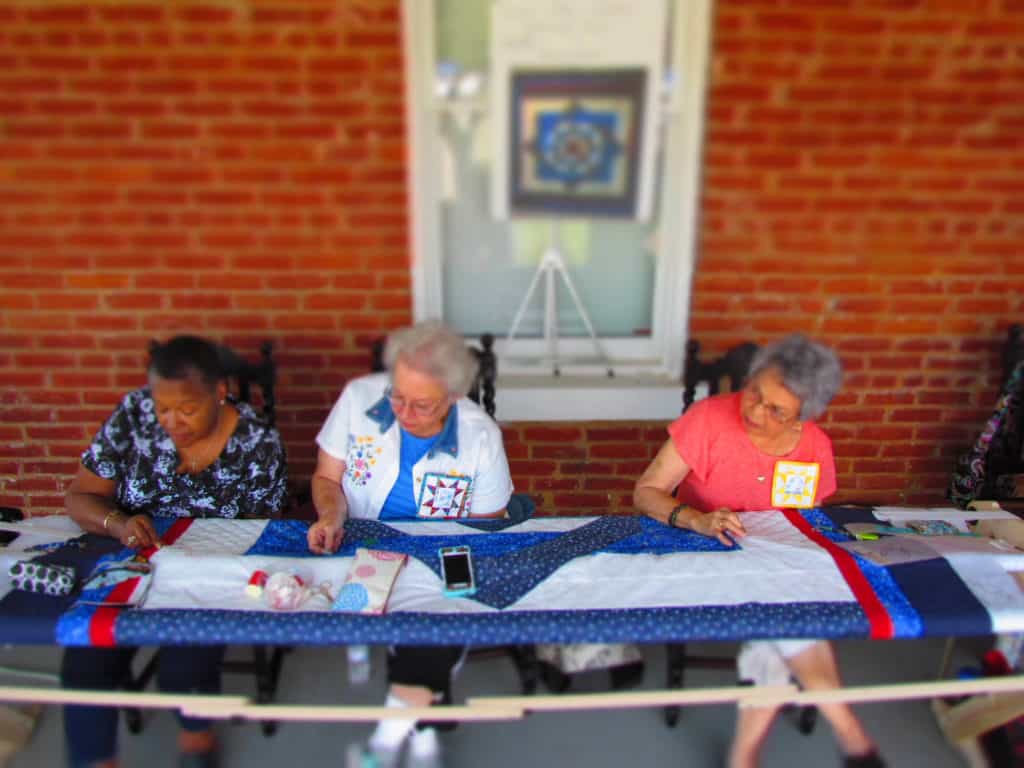
A Different Type OF Bee
In 1950, descendants of the Grinters sold the homestead to a family who operated a chicken dinner restaurant. This stayed in business until the mid-1960’s, when it finally shuttered. In 1971 the state of Kansas acquired the site, and it became the Grinter Place Historic Site. These days a variety of groups focus on helping assist with the operations, as well as fundraising endeavors. The Grinter Quilting Bee is one of these groups, and were on-site during the Summerfest. They were working on a quilt that would be sold to generate funds to help maintain the Grinter House for future visitors.

The Past Meets The Present
During the Summerfest there are a variety of re-enactors portraying various characters from the early days of Kansas statehood. The new Indian Territories ran along a line that followed the state edge of Missouri, Arkansas, and Louisiana. Along the line forts were constructed to maintain the peace between tribes and pioneers. The Civil War was looming, and with it the localized skirmishes that helped seal the titles of “Bloody Kansas” and “Border War”. All of this activity certainly created more ferry traffic for the Grinters, as well as the other ferry operators in the region. Over time bridges replaced ferries, and stores replaced trading posts. Through all of these changes the one thing that has remained constant is the “House on the Hill”. Have you ever toured the Grinter House?


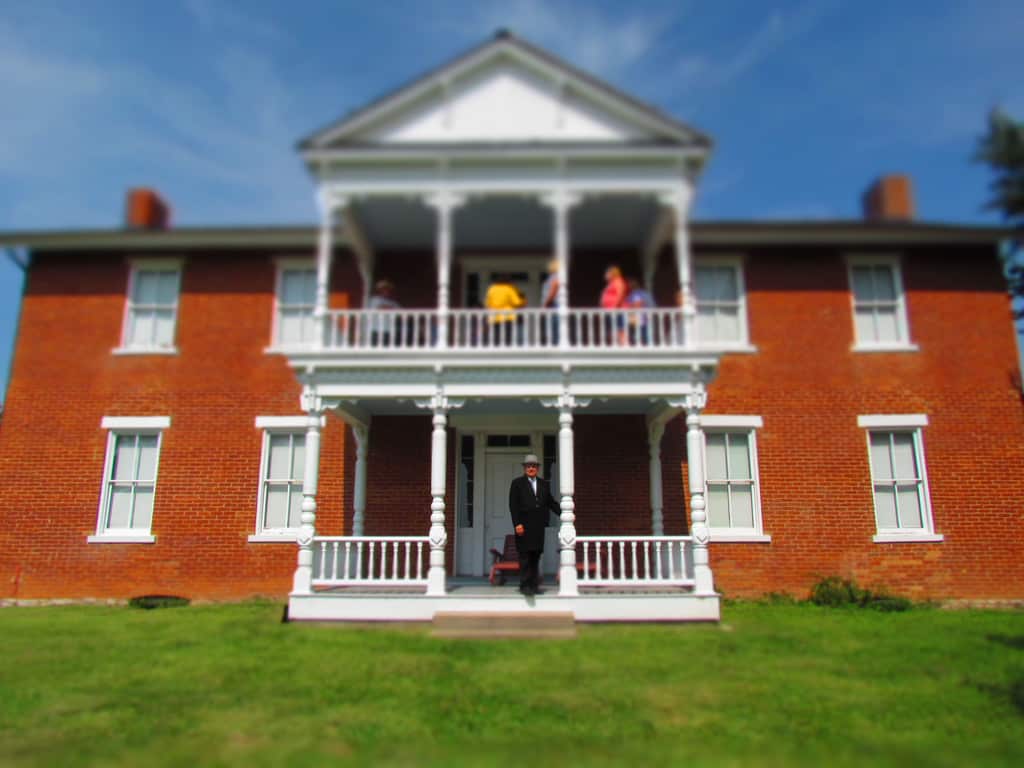
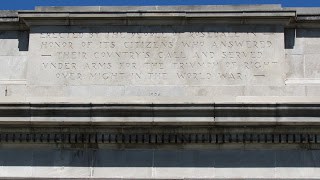


I’m a relative. Enjoyed the read. It’s not completely restored but I have a musket that belonged to Moses. My grandparents lived at 80th an kaw drive. My dad helped build the second barn and current store / center. I gave tours through grinterfest and enjoyed it. My grandfather was sitting on the south porch and I asked him if he would go through. He told me why would he, he was born there.
No proof but as in Josey Wales, how many times did Quintrill use the ferry? Just a thought.
As stated I can’t tell u how many relatives from the Grinters r buried up the street. My dad an brother r just two. Thanks again.
Great response from your father. I remember the Applefest Days, as I was a product of the Turner schools.
I remember going there when it was a chicken dinner restaurant. Must have been 1958. It was pretty authentic!
That was before our time, but we have heard many references to it. Sounds like it was a delightful experience.
I remember when the state acquired the Grinter house in 1971. With my ten years in KCK, I have not yet visited the Grinter house. I left KCK over forty years ago.
Perhaps you will get an opportunity in the future.
I have lived near the Grinter House since my childhood in 1953. The changes in this area that I’ve witnessed over the years are too numerous to mention – but the Grinter House remains a constant. Now, I’m only a stone’s throw away. It wasn’t until 4 or 5 years ago that we toured it for the first time.
It is amazing how many times we see a site, yet it takes us a long time to understand its true value. Glad you made the connection.
Neat story I also grew up in KCK until the age of 10. We then moved to Westwood have many fond memories of the area but have not toured the home will definitely check out your website love history!
So glad to hear that you enjoyed the article. Our city has such a rich history. Enjoy your visits!
When I moved from KU to Shawnee, I would see the house in the distance on the hill, and I would drive out there many times and hoped nobody would ever buy the house. It is impossible to fathom that when I go to Lenexa, there it stands in the middle of the city!
I know. It seems so surreal to see it sitting on the hillside.
Was it a chicken dinner restaurant or a chicken dinner place? The latter was a euphemism from the prohibition era (which lasted much, much longer in the state of Kansas) for a roadhouse that served alcohol on the down-low. It was not uncommon for country places to serve, being less likely to be raided. The Shawnee Indian Mission in Fairway briefly served such a role during the Era of National Prohibition.
Very interesting point. We had not heard this detail about Grinter House history.
This is Sherry Kirby. My dad Wilbur Kirby lived at the house adjacent to the big house. My great aunts, Annie and Mattie resided in the big house. We were sad that the house was sold to non relatives. However my dad didn’t have the money for it’s upkeep. The Lenape who wouldn’t renounce their Indian heritage we moved to Oklahoma to live on land that the Cherokee were occupying.
Thanks for sharing your family’s experiences.
I have a question. I am doing a state assessment on this person, Annie Marshalls Grinter. I would like to know the important quote that she said also What were the challenging obstacles that she had to go through to operate a ferry boat on the Kansas River? Thank you
Unfortunately, I do not have answers to those questions. You may want to Google those questions.